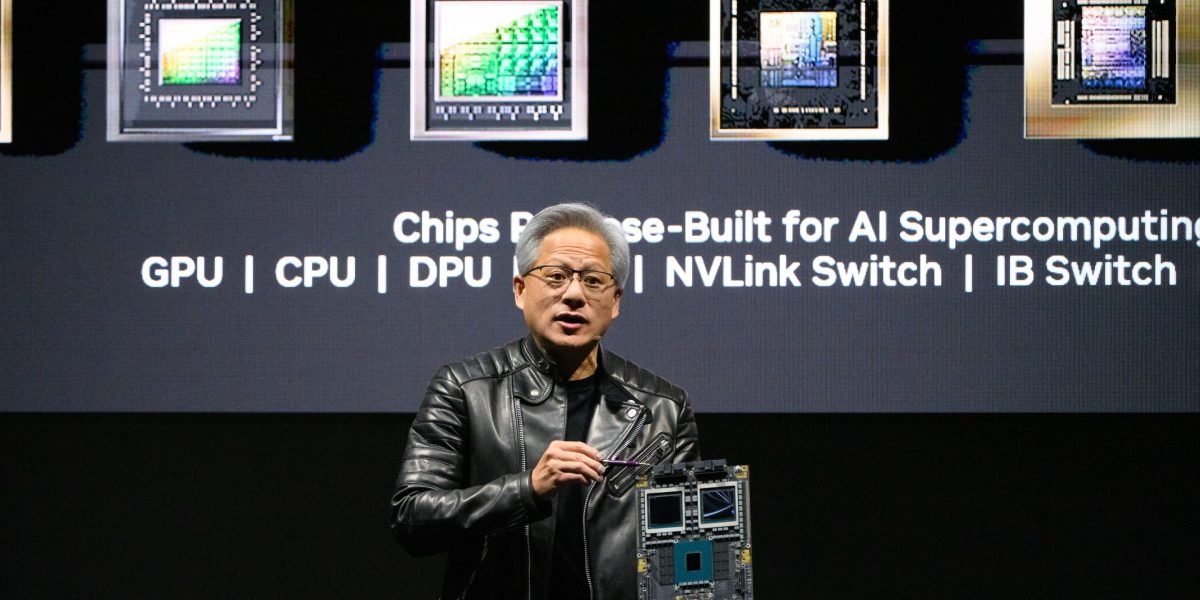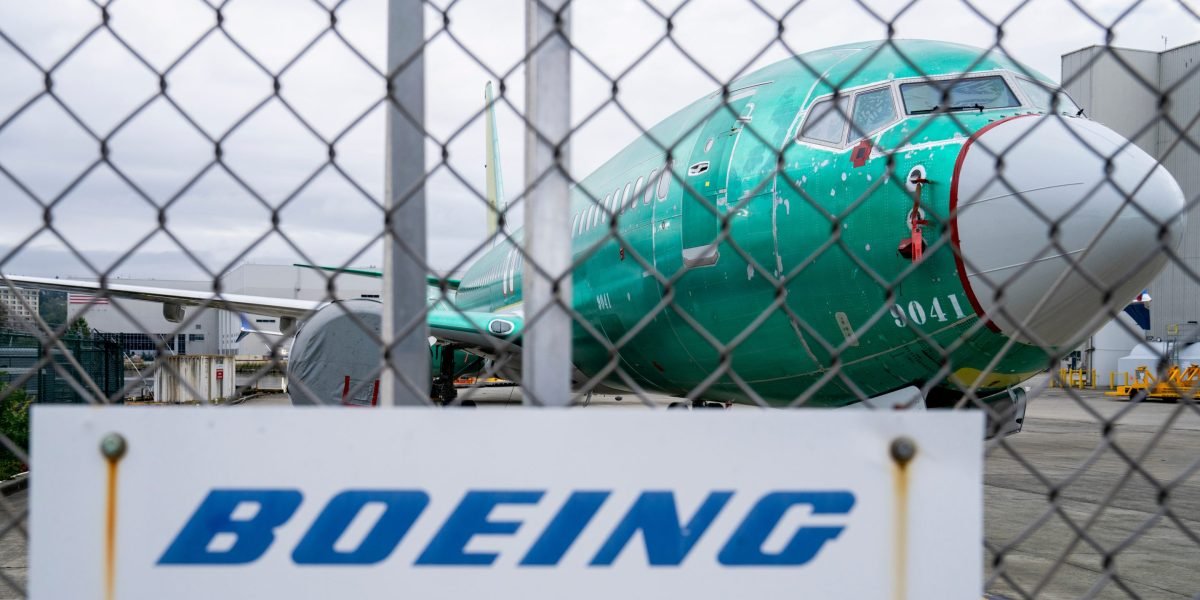Good morning. We’re 24 hours away from Election Day in the United States. Is anyone concerned about someone hacking the vote?
According to a recent Pew Research survey of more than 5,000 American adults, the answer depends heavily on a person’s party affiliation.
Fifty-two percent of voters are “at least somewhat confident” that U.S. election systems are secure from tech threats like hacking, according to the survey. A whopping 73% of Harris supporters are confident in that security—20 percentage points higher than Biden backers in 2020, no less. Yet a mere 32% of Trump supporters feel similarly, way down from 60% four years ago.
A silver lining? Most voters, regardless of party affiliation, believe local poll workers and state election officials will do a good job during the election. Phew. —Andrew Nusca
P.S. AT&T CEO John Stankey will discuss the future of U.S. infrastructure at Fortune Global Forum next week, Nov. 11-12 in New York City. Interested? Request an invitation here.
Want to send thoughts or suggestions to Data Sheet? Drop a line here.
Big Tech is spending eye-watering amounts on AI

The ROI of AI? Perhaps the single most pressing question in tech outside of who might occupy the Oval Office next year. Now that some of the world’s largest tech companies have shared their latest earnings, it’s clear the question is far from answered.
The capital spending of four of the biggest U.S. tech companies—Alphabet, Amazon, Meta, and Microsoft—will likely top $200 billion this year, with little relief planned for 2025. Data centers are materializing. Power agreements are arising. Acquisitions are accelerating. It’s giving gold rush, as the kids say—and Wall Street is a little freaked out that ambitions are outpacing potential returns. (That is: “Delulu.”)
On the final day of October trading last week, investors sold off enough tech stock to drive U.S. stock indices down and erase all of the gains they made that month. Microsoft shares dropped 6%, its largest one-day drop in years. Meta shares fell 4%. “This … is maybe not what investors want to hear in the near term, that we’re growing it out,” Meta CEO Mark Zuckerberg said during a conference call. “But I just think that the opportunities here are really big.”
To find solid ground, investors are looking at more tangible components of the revolution, such as semiconductor sales. But concerns remain. For example, even as Microsoft disclosed an annualized $10 billion in AI revenue, it acknowledged that rising costs and slowing growth would eat into its cash cow in the cloud. It just might be that funding the revolution might just be more challenging than fomenting it. —AN
Nvidia will replace Intel in Dow Jones Industrial Average
In the world of blue-chip stocks, one day you’re in, and the next day you’re out. (At least that’s what Heidi Klum might say if she were a day trader.)
Nvidia, riding the AI boom that has proven so lucrative for the chipmaker, is set to replace semiconductor peer Intel on the benchmark Dow Jones Industrial Average. The swap will be in place for trading on Friday, Nov. 8.
The DJIA, which comprises 30 large companies, is among Wall Street’s oldest indices. It remains a powerful signal of success even if it has been criticized over the years for being too narrow to properly reflect sweeping economic changes.
Intel joined the Dow in 1999, the same year as Microsoft; the pair were the first Nasdaq stocks ever chosen for the Dow. (It also happens to be the same year that Nvidia made its IPO for $12 per share. Ah, hindsight.)
At the turn of the millennium, IBM and HP complemented the new additions to make four tech components to the Dow; today you’d be hard-pressed to find a firm that wasn’t trying to be in the tech category. —AN
Regulators reject Amazon nuclear power deal
Big Tech peers Amazon, Google, and Microsoft have raced to sign agreements with nuclear power plants in a bid to fuel their energy-hungry AI datacenters. On Friday, one of them hit a major hurdle.
The Federal Energy Regulatory Commission rejected a petition to connect a colocated Amazon Web Services (AWS) data center directly to Talen Energy’s Susquehanna nuclear power plant in Berwick, Pennsylvania.
The agreement, which would have increased the facility’s load capacity from 300 megawatts to 480 megawatts and diverted power from the regional grid, “could have huge ramifications for both grid reliability and consumer costs,” said Commissioner Mark Christie in a statement. (Talen responded by saying that the decision “will have a chilling effect on economic development.”)
The U.S. government and industry seem to be aligned that the development of artificial intelligence is a matter of national security; what’s still to be worked out is who will shoulder the burden. Watch this space. —AN
Chinese researchers craft military tool using Meta AI
Chinese researchers have created a military AI tool based on Meta’s “open-source” Llama 2 13B large language model, according to Reuters.
Meta’s claim that its Llama AI models are “open-source” is hugely controversial, because of its licensing restrictions and the fact that it doesn’t reveal the source of the training data.
But that doesn’t change the fact that Meta is making its models available for free, along with the parameters (“weights”) that make it easier to customize them.
Per Reuters, that’s what these Chinese researchers have done, creating a model called ChatBIT that can aid military decision-makers and intelligence officers. Meta’s licensing restrictions forbid using Llama in military contexts, but what’s the company going to do?
This is sure to inflame the debate over whether “open-source” AI is such a bright idea after all. —David Meyer
Don’t hold your breath for a cheaper Apple Vision Pro
Ming-Chi Kuo, the TF International Securities analyst known for having a reliable line on Apple’s supply chain, says an affordable Apple Vision Pro is further out than you’d think.
“Production of the cheaper Vision Pro has been delayed beyond 2027 for a while now,” he posted Sunday on X, the social media service. “This means Apple’s only new head-mounted display device in 2025 will be the Vision Pro with an upgraded M5 processor.”
Apple’s $3,500 “spatial computer” was announced in June 2023 and hit the market nine months ago. Though most reviewers found the augmented reality device to be awe-inducing, they just as frequently found it impractical for real-world use. Estimates by IDC in July said Apple would fail to end the year with more than 500,000 units sold.
According to Kuo, that’s part of why this delay might be acceptable to Apple. “Simply reducing the price wouldn’t help create successful use cases,” he wrote. “It’s similar to the HomePod situation—even after launching the cheaper HomePod mini, Apple’s smart speakers failed to become mainstream products.” —AN
More data
—Elon Musk can’t dismiss ex-Twitter CEO’s severance claim. Parag Agarwal may proceed, a judge rules.
—The CHIPS Act hasn’t seen much action. $33b approved; $123m awarded.
—Peloton’s new CEO is a Ford and Apple veteran. Two words: Digital services.
—Is awkward Alexa-speak not long for this world? Amazon is reorienting its famous assistant around LLMs.
—Steve Ballmer wants to improve democracy with data. He spent $40m this year on USAFacts, his not-for-profit civic initiative.
Endstop triggered
















Leave a Reply